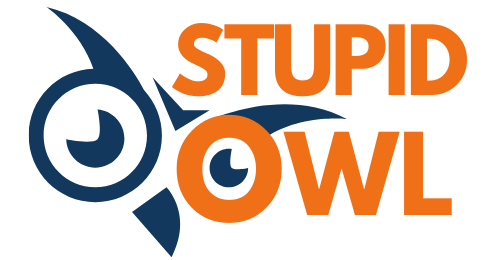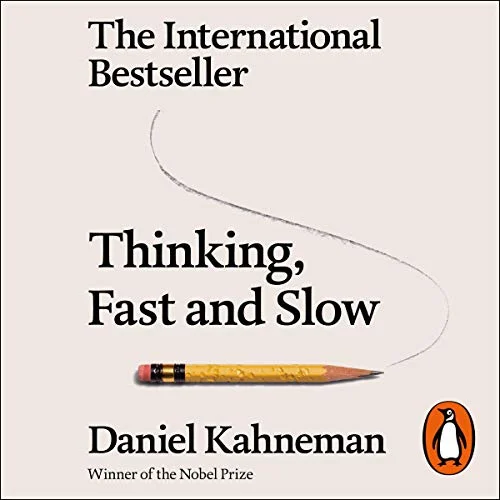Thinking, Fast and Slow: Unraveling the Mysteries of the Mind – The Desi Way
Ever wondered why you make impulsive decisions sometimes, while other times you carefully weigh your options? Or why certain ads and marketing tricks work so well on you? Daniel Kahneman’s “Thinking, Fast and Slow” gives us a peek into the inner workings of our brains and explains these quirks. Let’s break it down – desi ishtyle!
Two Systems in Your Head: The Auto-Pilot and the Thinker
Kahneman says our brains have two systems:
- System 1: The Speedy One: This is your gut feeling, the quick, automatic thinking we use for everyday decisions. It’s like when you catch a falling object without even thinking about it.
- System 2: The Brainy One: This is your logical, analytical thinking. It takes effort and kicks in for complex tasks, like solving a math problem or planning your finances.
Indian Everyday Examples of System 1 and System 2
- System 1: That instant you dodge a speeding rickshaw on the road. You react before you even realize it!
- System 2: When you’re comparing prices at the sabzi mandi, calculating the best deal.
- System 1: Feeling tempted by the mouth-watering aroma of street food, even though you just ate.
- System 2: Patiently explaining to your relatives why you’re not married yet (sigh).
The Trouble with Mental Shortcuts
System 1 is great for quick decisions, but it can also lead us astray with biases and errors. Here are some examples you might relate to:
- The “Halo Effect”: We often judge people based on a single positive trait, like their looks or social status.
- Loss Aversion: We hate losing more than we love winning. Ever argued over a few rupees with an auto driver?
- Availability Bias: We overestimate the likelihood of events based on recent news or vivid stories.
- The Sunk Cost Fallacy: We keep investing in something (time, money, emotions) even when it’s not working out, just because we’ve already put so much into it. Remember that expensive saree you never wear?
Think Smarter, Not Harder
“Thinking, Fast and Slow” helps us become aware of these biases, so we can make better decisions. It’s like having a cheat code for your brain!
Practical Tips from the Book:
- Don’t Always Trust Your Gut: Sometimes, it’s worth slowing down and using System 2 for important choices.
- Watch Out for Emotional Traps: When you’re feeling angry, excited, or scared, take a deep breath and let System 2 take the wheel.
- Think Long-Term: We often focus on short-term gains, but System 2 can help us plan for the future.
Conclusion
Understanding how your brain works can help you make smarter choices, improve your relationships, and even boost your success. “Thinking, Fast and Slow” offers valuable insights that are as relevant in India as anywhere else. So, the next time you make a decision – big or small – think about which system is in charge, and whether a little bit of slow thinking might lead to a better outcome.
Important Links (if possible):
- Daniel Kahneman’s website: https://scholar.princeton.edu/kahneman/home
- Thinking, Fast and Slow book on Amazon




